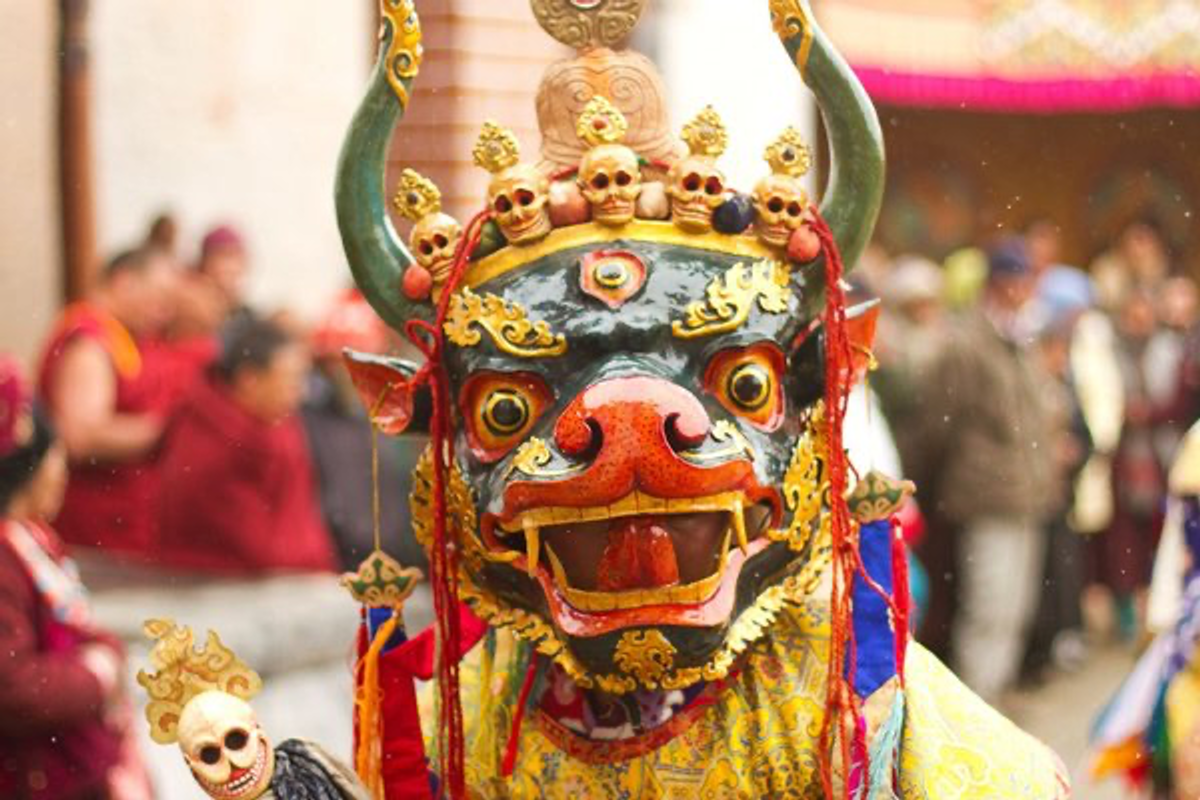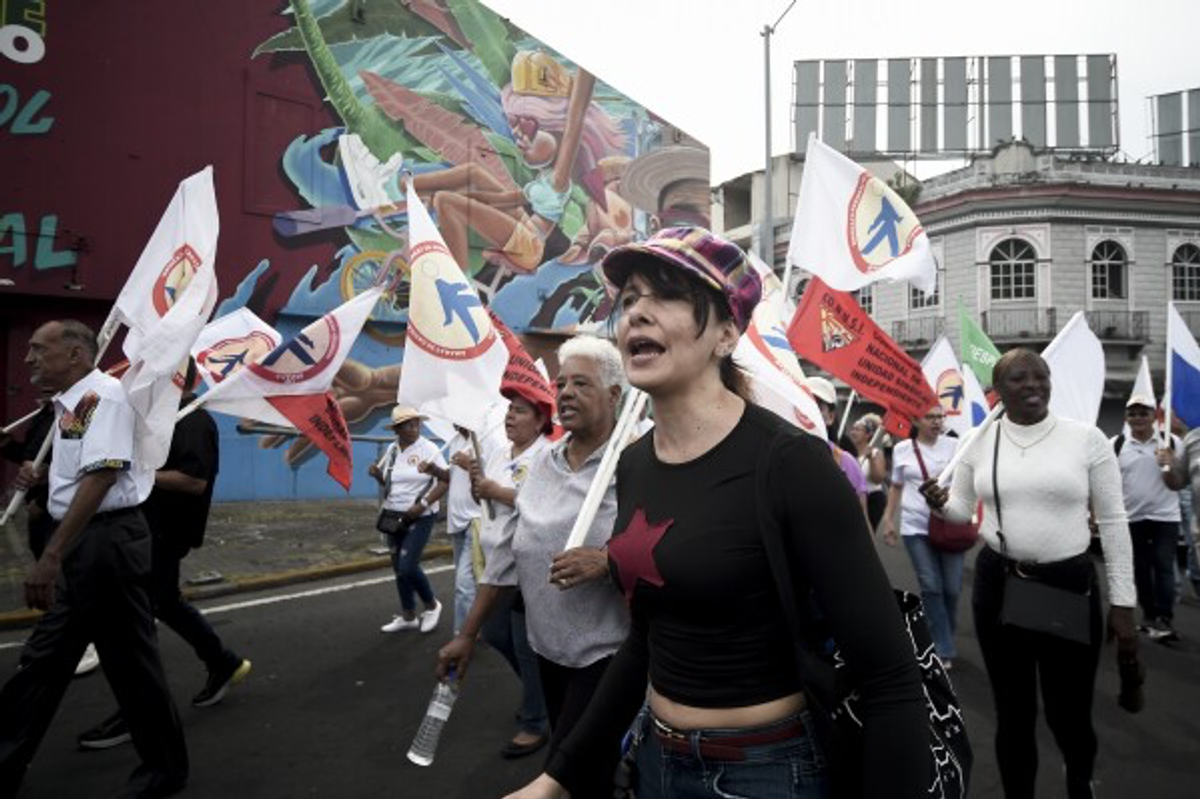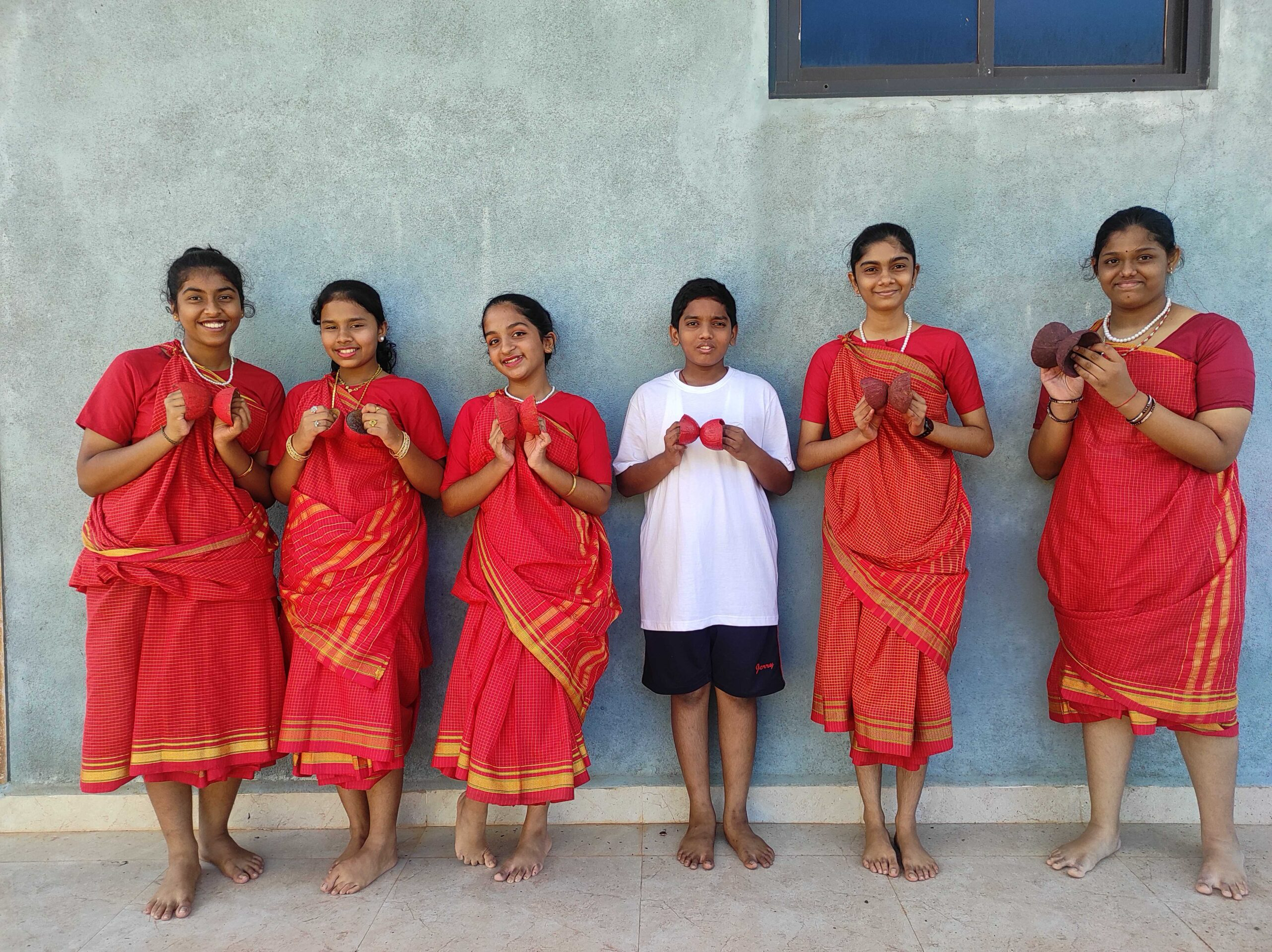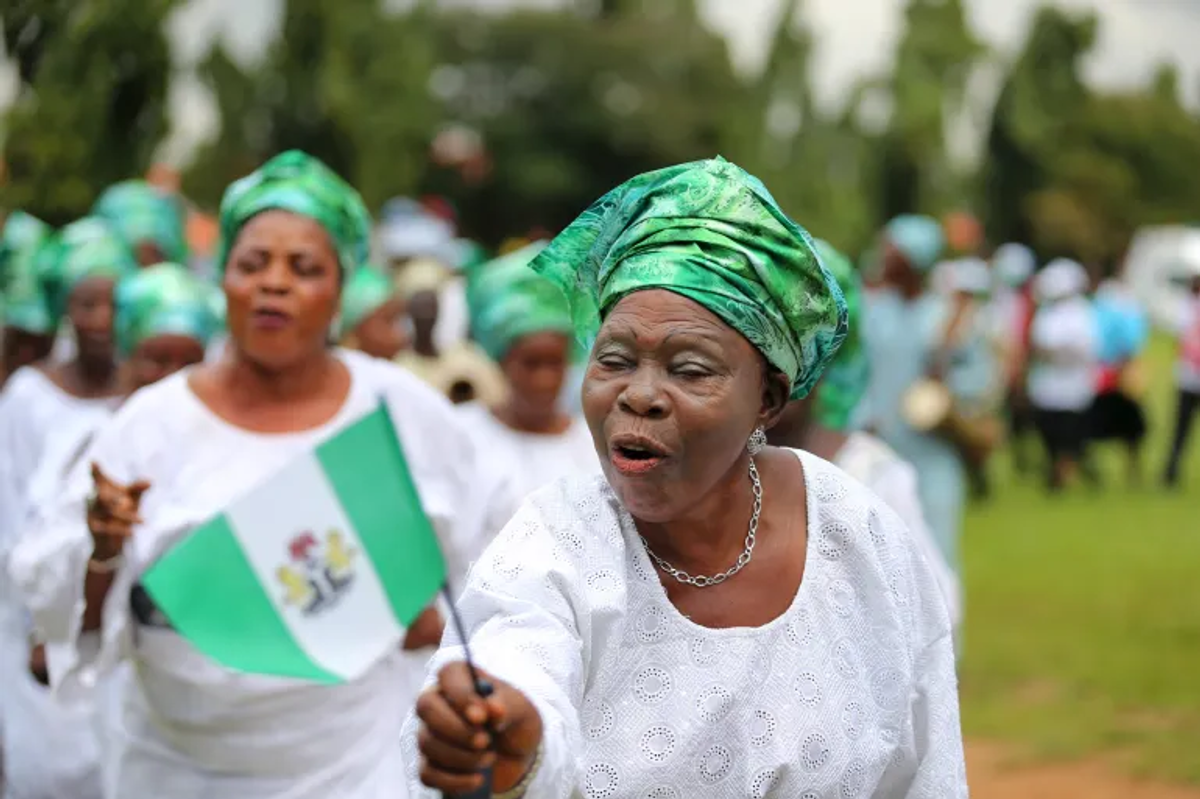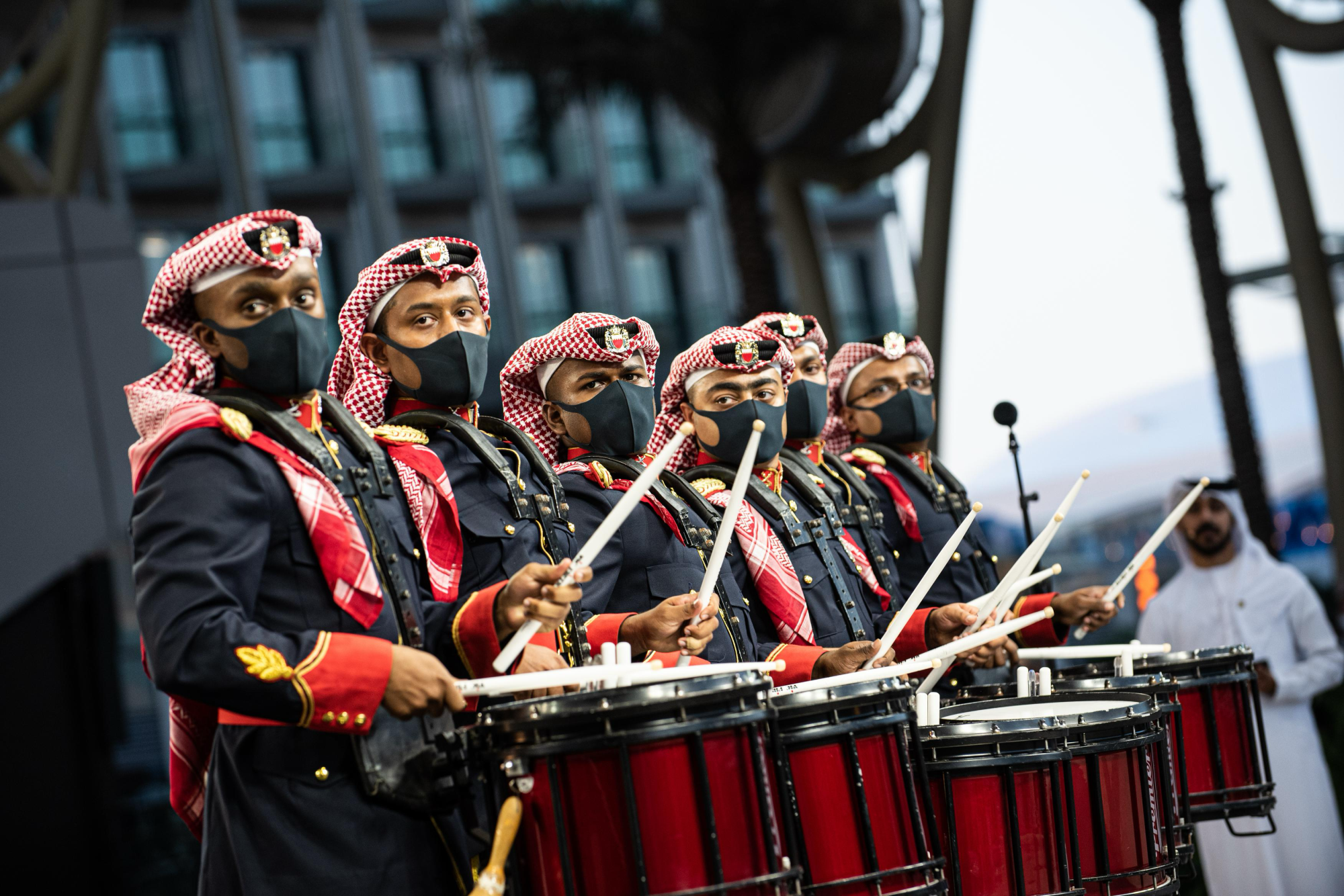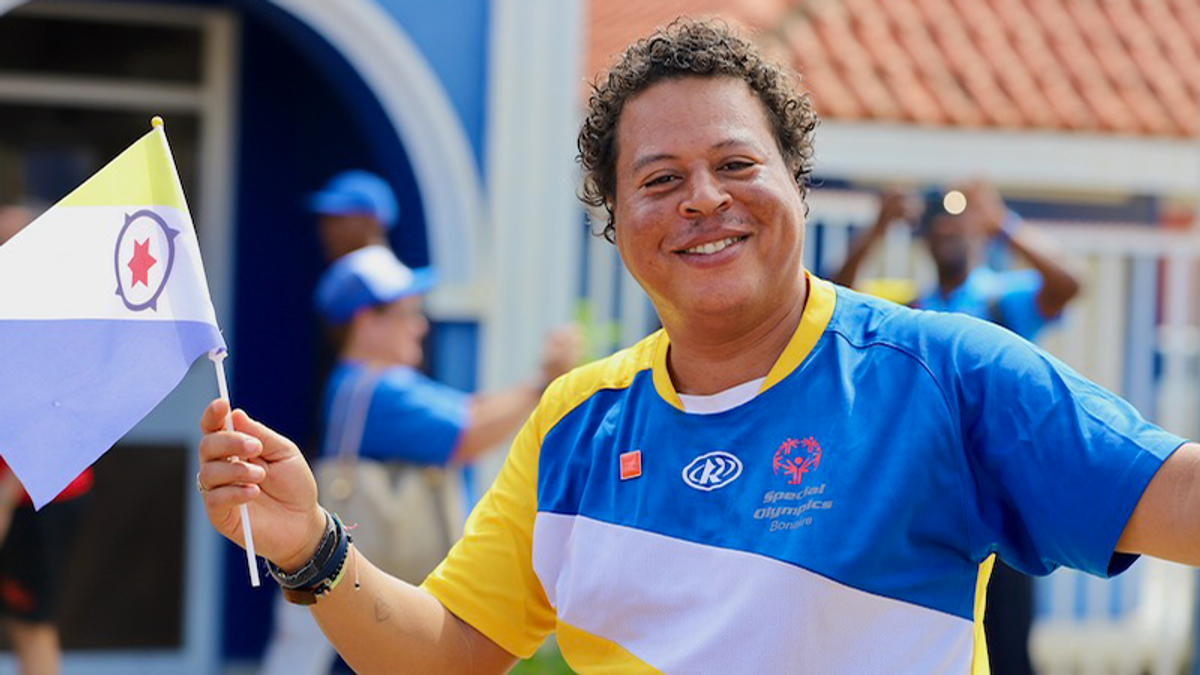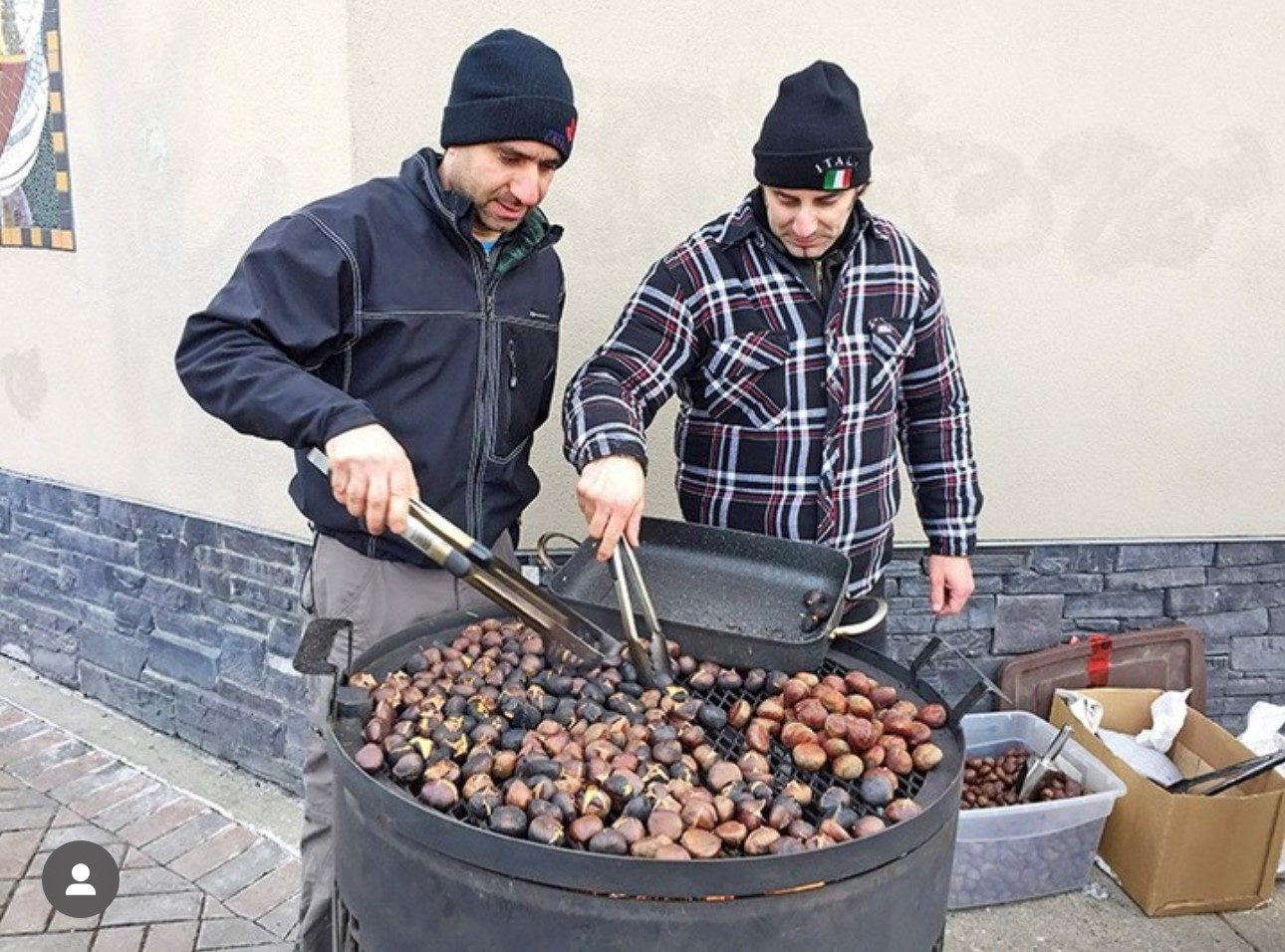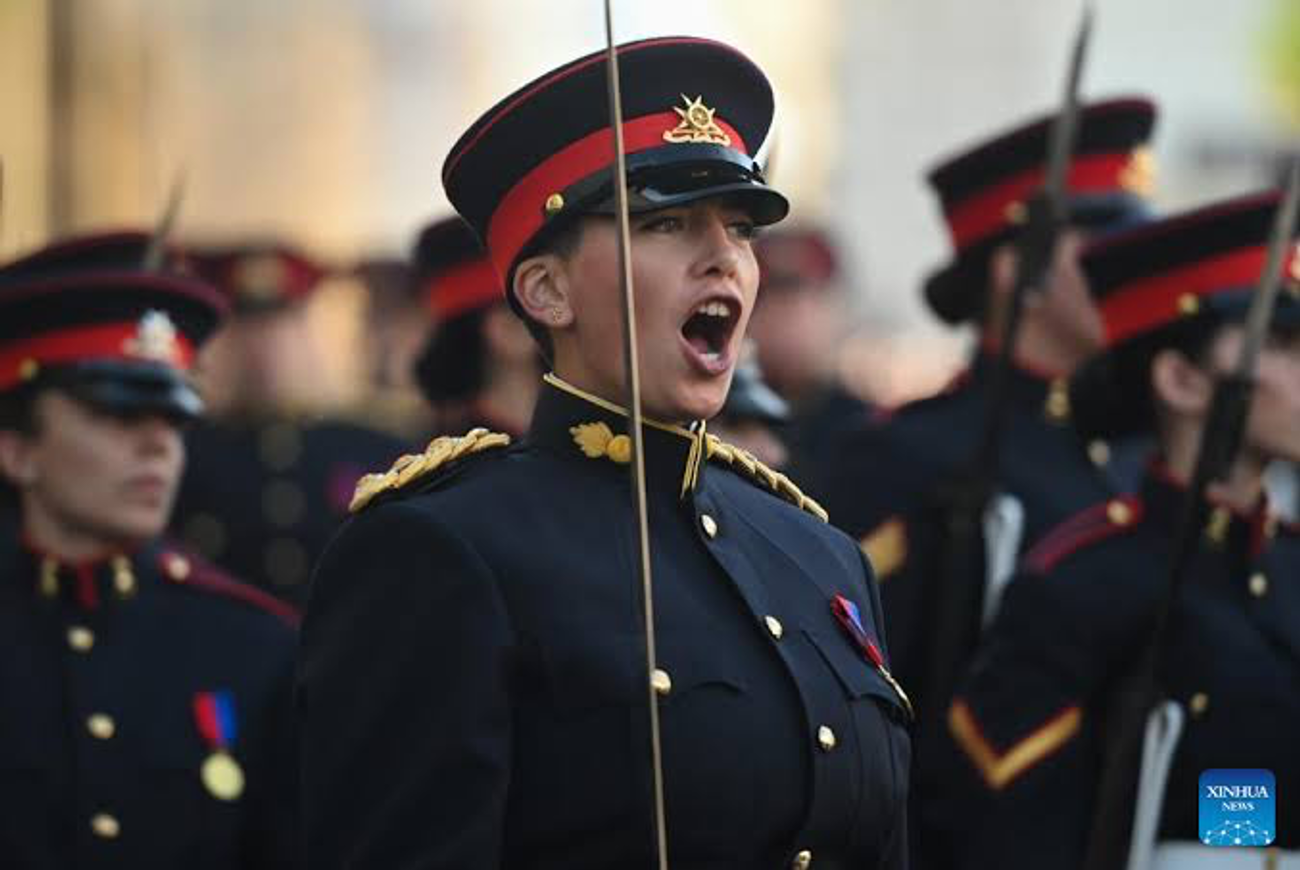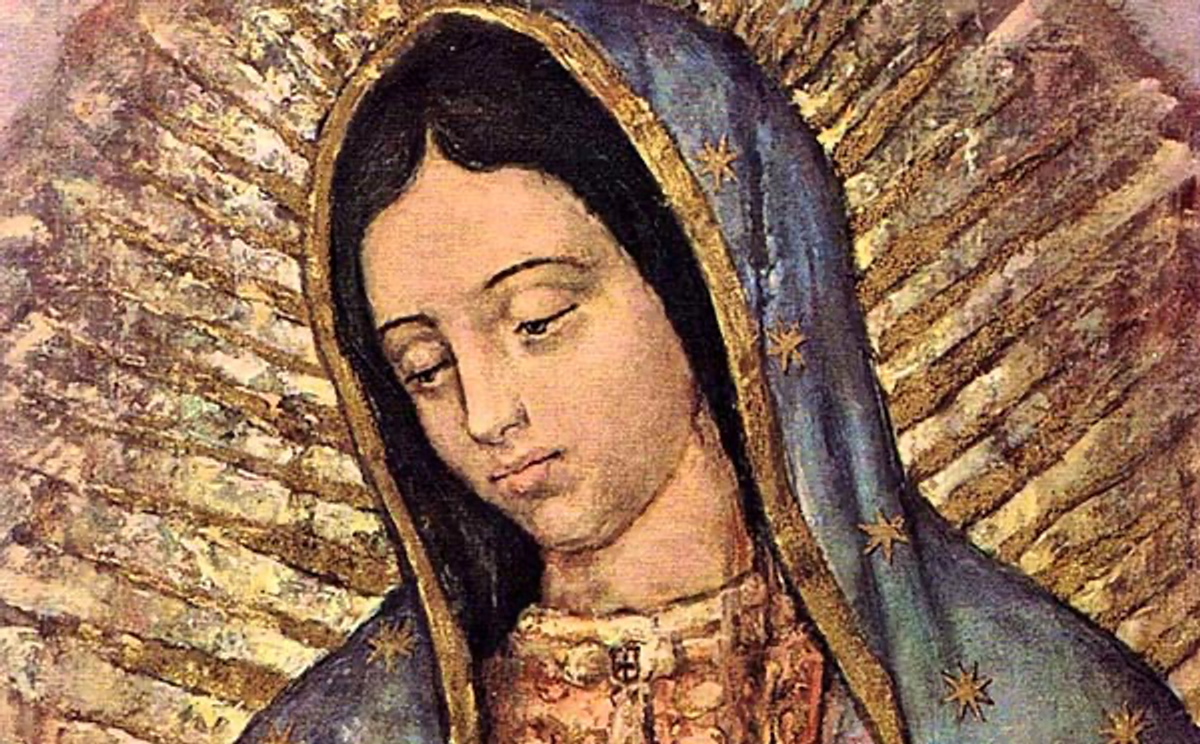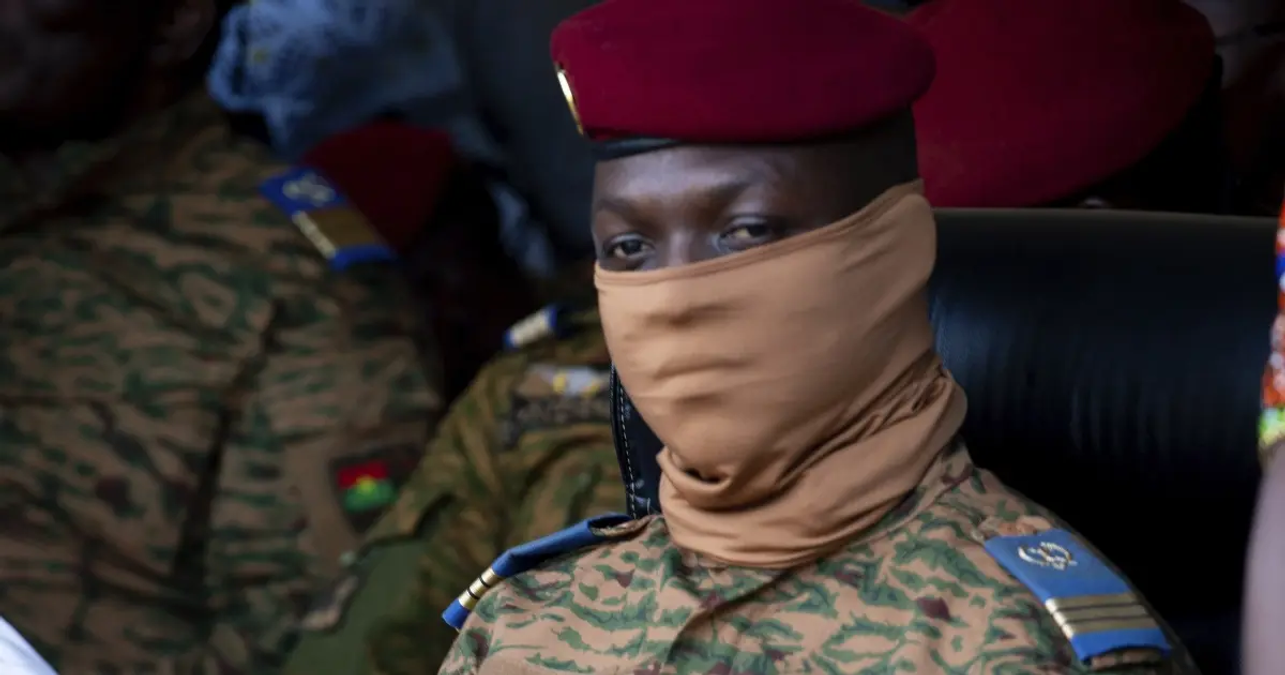The United States invaded Panama on December 20th 1989, in an operation codenamed Operation Just Cause. The U.S. stated the operation was “necessary to safeguard the lives of U.S. citizens in Panama, defend democracy and human rights, combat drug trafficking, and secure the neutrality of the Panama Canal as required by the Torrijos–Carter Treaties”.
It represented the largest United States military operation since the Vietnam War.
On December 29th 1989, the United Nations General Assembly approved a resolution calling the intervention in Panama a “flagrant violation of international law and of the independence, sovereignty and territorial integrity of the States”. A similar resolution was vetoed in the Security Council by the United States, the United Kingdom, and France.
Noriega was captured and flown to Miami to be tried. The conflict ended on January 31st 1990.
About 300 Panamanian soldiers and 214 civilians were killed during the invasion, according to official estimates, while the U.S. military reported 23 deaths among its troops. Human rights groups believe the number of Panamanian dead could be higher.
“It took us a long time to achieve this demand, and finally, the day has arrived,” said Trinidad Ayola, president of the Association of Friends and Relatives of Victims of December 20th.
In March 2022, President Laurentino Cortizo, the president of Panama declared an annual national holiday to commemorate Panamanians who died during the 1989 U.S. invasion of the country.
The decree signed by the President establishes December 20th, the date of the invasion, as a national day of mourning. “By enacting this law, we settle a debt with the nation, with those who died in that tragic event, who we remember with respect,” Cortizo said

